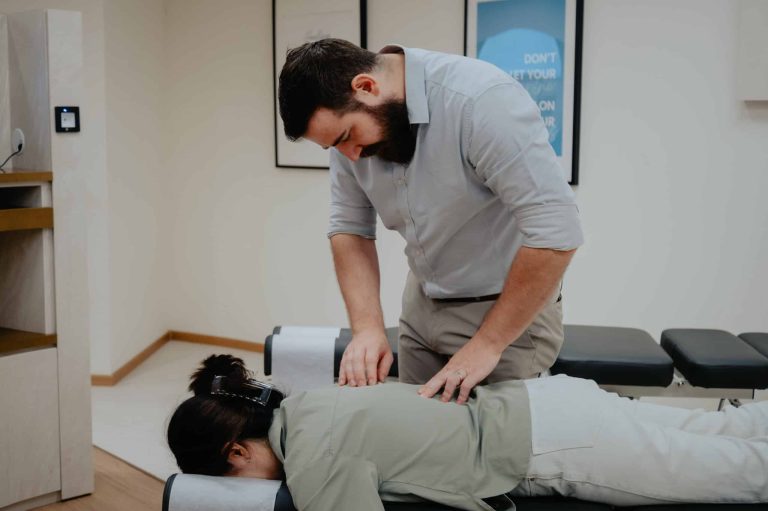Day: April 24, 2024
Skin cancer, skin checks and moles – oh my
Why is skin cancer an issue? 2/3 australians are diagnosed with skin cancer by 70! More than 2000 people in Australia die from skin cancer […]
Joint Pain: What are the Treatment Options?
Joints in the body do more than just form the connections between bones. They also provide support and make movement possible. Any damage to the […]













